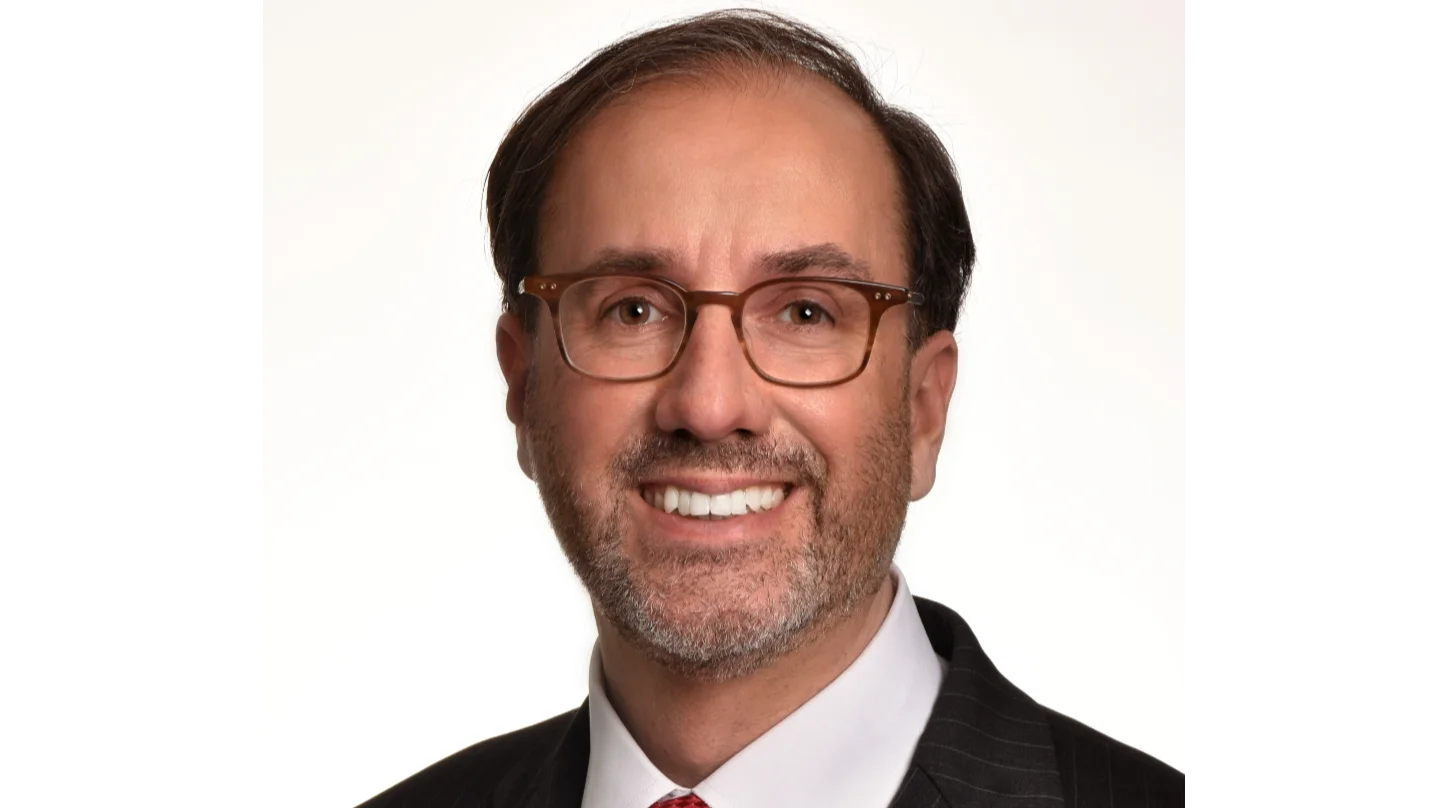Robert Alt President and Chief Executive Officer | The Buckeye Institute, OH
Robert Alt President and Chief Executive Officer | The Buckeye Institute, OH
In a recent policy memo, The Buckeye Institute highlighted rising hospital costs as one of the most significant drivers of healthcare costs. Rea S. Hederman Jr., executive director of the Economic Research Center and vice president of policy at The Buckeye Institute, pointed out that hospital costs account for 30 percent of all healthcare spending.
Hederman outlined several contributing factors to this issue:
- Hospital consolidation has reduced competition, leading to increased pricing.
- Hospitals have acquired private physician groups, further limiting competition.
- In communities with less than four competing hospitals, prices are significantly higher.
- Despite declining hospital occupancy and an excess of unoccupied beds, hospital systems continue to expand facilities.
The cost for these expanded facilities is often passed on to insurers and patients. Hederman stated that these "amenity-filled hospitals never demonstrate or deliver higher quality care." He urged hospitals and policymakers to find ways to control spending and address known causes of higher costs.
In his report titled "How Higher Hospital Costs Lead to Higher Prices," Hederman emphasized that the healthcare sector now represents nearly one-fifth of the U.S. economy, with prices continuing to rise. He cited a Harvard-Harris poll showing price increases and inflation as top concerns for voters. A Kaiser Family Foundation poll revealed that almost 75 percent of adults were worried about affording unexpected medical bills and healthcare services.
According to the U.S. Department of Health and Human Services, hospitals are now the most significant driver of rising medical prices. To help reduce medical expenses, Hederman suggested that hospitals and policymakers should look for ways to control spending and alleviate known causes of higher costs.
Hederman also addressed the issue of hospital over-expansion despite declining occupancy rates. He used Ohio State University's nearly $2 billion expansion of its Wexner Medical Center as an example, questioning whether such large inpatient facilities are necessary given the rise in telemedicine and outpatient care.
He concluded by urging policymakers to seek ways to increase competition among healthcare providers and subject hospital expansion and amenities to stricter cost-benefit analyses.






 Alerts Sign-up
Alerts Sign-up